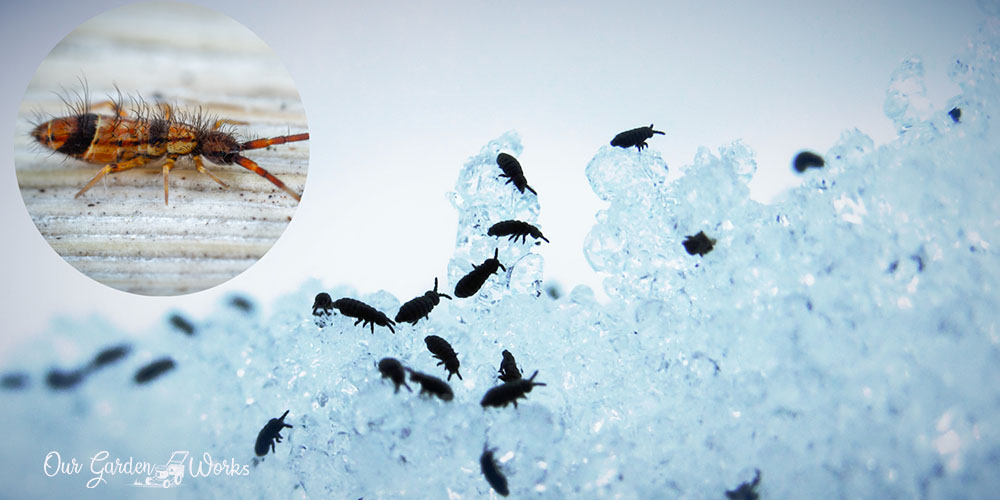Our homes are our safe space and seeing critters like springtails crawling next to your bed or on the walls can cringe and send chills on your spine. They may not be harmful but can be a total eyesore and cause sanitary concerns.
Learning how to get rid of springtails in your home can prevent further pest infestations in the long run.
In this post, we will discuss how springtails affect your garden or home and the steps on how to get rid of them for good.
First, you have to identify what draws these insects to your property and how they can cause problems in the future.
(You could use the table of contents below to jump to the sections that are most important to you.)
Springtail Damage: Beyond The Cringe
Springtails are among the tiniest insects on the planet with a size ranging from 0.5 mm to 10 mm. They don’t bite humans or pets and do not carry any harmful diseases. In fact, they eat bacteria, fungi, algae, decaying leaves, and organic matter.
So, you might be thinking, what’s the fuss about springtails?
Well, they can be annoying in different ways, such as:
Nuisance in pool areas and water features
Springtails are moisture-loving insects which means they will congregate in wet areas like swimming pools. Oftentimes, homeowners see tons of springtails floating in the water.
Though they’re not dangerous, it is a hassle to clean them up, not to mention the feeling of having them crawl on your skin. In indoor settings, they are often found in bathrooms and kitchens.
Adds up to clutter
Springtails can enter your home and breed in areas where there are water leaks. They grow fast and can cause heavy infestation.
They will eventually die due to the low humidity in indoor air and leave tons of dead insects indoors which can be unsanitary and add up to the clutter.
Spider-magnet
As a tiny and prey insect, having high springtail traffic in your home or property can invite other predatory insects like beetles, wolf spiders, or brown recluse spiders.
Affect plant development
Some springtail species can nibble or chew on plant roots which can affect the development of seedlings and plant hardiness.
However, most of them are beneficial to plants since they help process organic matter and spread good bacteria on plant roots.
It is the reason why some gardeners don’t treat tolerable populations of springtails in their yards.
How To Get Rid of Springtails Indoors and Outdoors
Even though they’re harmless, springtails have a high reproduction rate if the weather is in ideal condition. They can spread in the wet areas of the house and stay in your indoor pots for a long time.
So, here are some steps on how to get rid of springtails for good:
Moisture Control and Home Maintenance
Oftentimes, home maintenance is more than making your home look posh and well-cared for. It is a crucial undertaking that keeps you safe from home accidents, intrusions, and pest problems.
The presence of springtails indoors is a clear indication that you need to catch up on home maintenance duties focusing on leaks and moisture problems.
In outdoor settings, leaving standing water and drainage problems can also invite these tiny insects including cockroaches, water bugs, and beetles.
The best strategy on how to get rid of springtails naturally is to keep everything dry. Here are the best practices that will naturally kill the springtail population in your home:
(1) Window and screen gaps: During the hot season and the outdoor environment gets dry, springtails find shelter in residential homes in search of humid and moist environments.
They enter homes by passing through the gaps and cracks in windows and doors. Some travel along drain pipes and drainage systems.
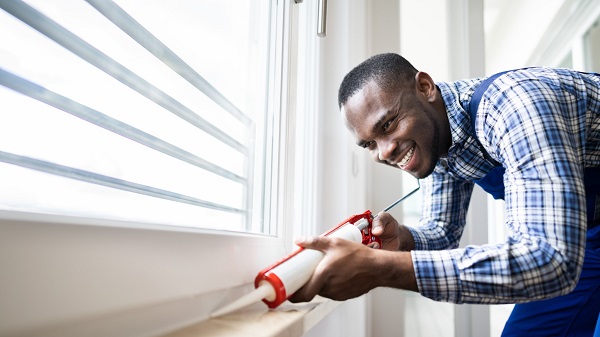
If you’ve been dealing with springtails every year, it’s best to seal the windows, cracks on the walls and foundations, and use a door gap filler or draft stopper to keep the insects out.
(2) Insulation problems: A house not properly insulated will have an indoor condensation where water and humidity form indoors.
In worst cases, the water will seep into the insulation material and cause molds and other moisture-related problems.
As we all know, moisture problems are extensive and can deteriorate wood, paint, and steel materials indoors. Plus, soaked insulation and wall can shelter tons of springtails in no time.
Find a better insulation material and have a professional fix the problem to avoid expensive repairs and pest control measures for the next season.
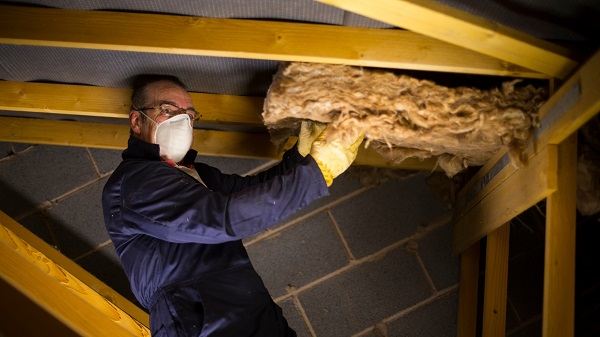
(3) Drain debris: Hair and other debris that are stuck in your drain can retain moisture in your sink and harbor springtails wandering indoors.
Remove the hair and clean the drain as often as possible to also prevent the formation of molds, which are food sources for springtails.
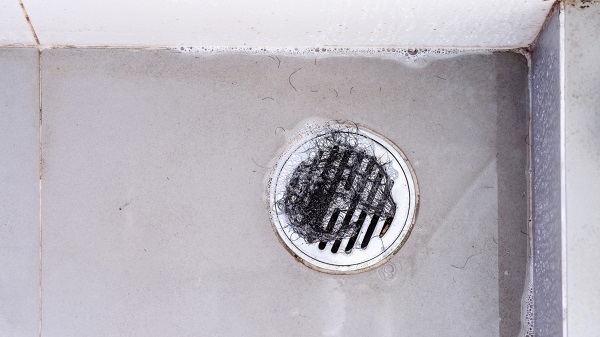
(4) Crawl spaces: Crawl spaces are often tucked under our houses and are often unexplored for years.
However, it is one of the areas that are often filled with mold and dust which can encourage springtail infestations.
Find the source of the moisture in these tight spaces, seal the openings, and keep it clean and free from any debris.
(5) Moldy areas: Mold and mildew are the organisms that develop on soaked and moist surfaces. Areas with molds are often an indication of water damage.
Once the springtails find these areas, they will surely benefit from mold as a food source and moisture as an ideal growing environment.
Prevent mold formation by figuring out the source of moisture. Then, treat the molded surface by wiping it with vinegar. Avoid re-using the cloth that you used on other areas to prevent spreading mold spores.
(6) Drain pipes: Drain pipes also hold enough moisture for springtails to thrive and propagate in them.
In most cases, springtails also use the pipes as a bridge to enter your home and find new breeding grounds.
If you found a trail of springtails in your drain pipes, simply cover the bottom end and pour some vinegar.
Also, check the gutters for any stagnant water to make sure the infestation won’t build up on the same spot again.
(7) Cracked floors and walls: Springtails are as sneaky as ants when it comes to finding food and shelter.
Due to their tiny bodies, they can enter your home through the cracks and crevices in home foundations and walls.
If your windows and doors are sealed well, you may find a trail of springtails along the corners of your home close to the foundations. They’re too tiny but in numbers they become noticeable.
Physical Control
As much as possible it’s best to not use chemicals in dealing with springtails. The best strategy is to avoid allowing conducive environments in your property where they can thrive.
Here are the specific problem areas that are commonly infested with springtails:
(1) Hydroponic and grow tents: Indoor gardens are probably the most susceptible places for springtail infestation due to their moisture-retaining and humid qualities.
Since they reproduce faster in favorable conditions, grow tents can shelter thousands of springtails in just a matter of days.
Springtails are often found around the grow tanks, drains, trays, and at the roots of young plants, causing them to have yellow leaves.
Though it’s tempting to use pesticides, the best way to get rid of them in greenhouses and indoor gardens is to use a vacuum cleaner with a tank filled with soapy water.
(2) Dried organic matters close to foundations: Before springtails even make it to your home, they start to populate first at the pile of dried leaves next to the foot of foundations.
Leaves and twigs falling from bushes at the side of the house and a little rain or moisture from sprinklers creates a perfect spot for springtails to grow and multiply at the foundations.
Try to prune, deadhead, and clear plant debris that is close to your home. Pruning spent flowers and dead leaves is also healthy for plants since it helps preserve their energy for other plant processes.
(3) The soil of potted plants: Springtail-infected plants bought from nurseries and plant stores can also be a source of an infestation, especially if the plant requires damp or wet soil.
If you suspect the plant of having pests, leave it outdoors for a day or two until the soil completely dries out. Then, check for any insect jumping when you press your hand on the soil.
(4) Outdoor mulch: Damp mulch got the food source and environment ideal for springtails to thrive.
Since they are not harmful and do not pose too much threat to established plants, gardeners don’t mind having them in the garden. In most cases, they are even helpful in spreading good bacteria to plant roots.
The only concern that you should look out for is when you see them on mulch in seedlings and young plants.
Springtails can munch on the tender roots and stems of young plants, which can cause stunted growth and prevent them from hardening.
To get rid of the infestation, allow the mulch and the soil to be completely dry before watering again. The springtails will eventually find a wetter location or die due to lack of moisture.
(5) Swimming pools: Pools are probably the most obvious locations to see springtails during the hot season.

Though they are too tiny to even cause a problem, tons of springtails congregating at the corners of the pool can be hard to miss. A bunch of springtails can be easily skimmed by pool skimming nets and a filtering system.
If the infestations persist, try to get rid of nearby plants close to the pool to prevent them from coming back.
Chemical Control
Pesticides are often not the best solution for springtails because they will keep coming back as long as there’s moisture build-up and organic matter around.
However, they can provide a temporary solution for heavy infestations. We highly recommend that you use chemical methods when you’ve exhausted all the measures mentioned above.
Here are some of the most recommended types of insect control that you can use against springtails:
(1) Diatomaceous Earth (DE): DE is an organic contact pesticide used for crawling insects. Gardeners spread it on infested soil and openings where they often see critters wandering around.
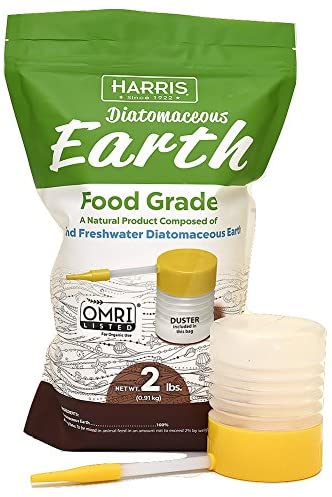
Though it’s a natural product, use a mask, and gloves when handling DE indoors since its dust can irritate the lungs when inhaled.
(2) Bifenthrin: If you’re not only dealing with springtails but also with other pests like lawn pests, products that contain bifenthrin is the best option. It is often used for persistent pests that damage the plants and overwinter in the soil.
(3) Azadirachtin: You may also use an insect growth regulator (IGR) that is ingested by pests and kill them through starvation and through starvation and inhibit their growth development.
Reminder: Don’t pour pesticides down the drains. If the springtails are spreading through your drainage and walls, it’s best to let a professional do the job. Handling pesticides in these areas requires precaution due to possible run-off that can lead to sewage and creeks and rivers.
How Long Does It Take To Get Rid of Springtails?
A few springtails can take days before they die out of drought.
However, if your property is surrounded by springtails both indoors and outdoors, it can take about 3 to 6 months before you can completely eradicate their population in your property.
Did You Know?
Springtails can be pests to the eyes of many but they are precious to those who love terrariums and water gardens. They help improve the microbiome in the miniature gardens and control algae in water tanks.
Hobbyists grow them in water-soaked charcoals until they reproduce and transfer them to their mini terrariums.
So, instead of killing springtails, why not call some terrarium lovers over and let them collect the tiny insects for their tiny gardens? That’s like hitting two birds with one stone!
Final Thoughts
Learning how to get rid of springtails is one thing but discovering their role in nature can help improve the local ecosystem in your garden.
The key to managing both the advantage and disadvantages of having them in your home is if they’re causing more nuisance than a help. The decision will always be yours because each of us has a specific level of tolerance to insects.
After all, getting rid of them for good is as easy as sweeping, vacuuming, and following a routine home maintenance which are all basic house responsibilities.
Let us know in the comments about your encounters with springtails!
Also, don’t forget to share this post with your friends. Who knows they might start helping terrarium hobbyists to collect the springtails rather than deal with chemicals in insecticides.
